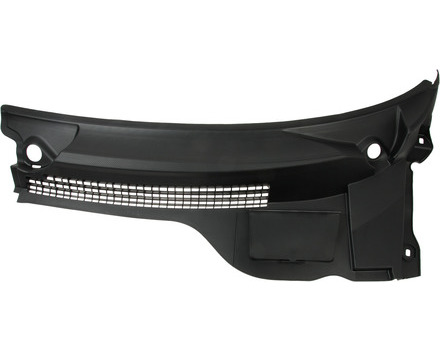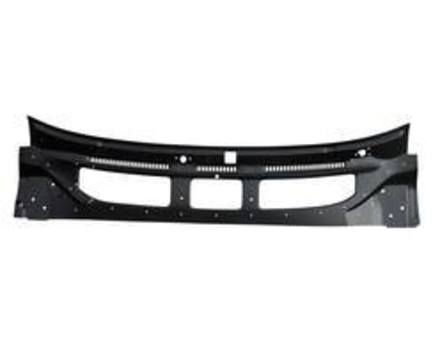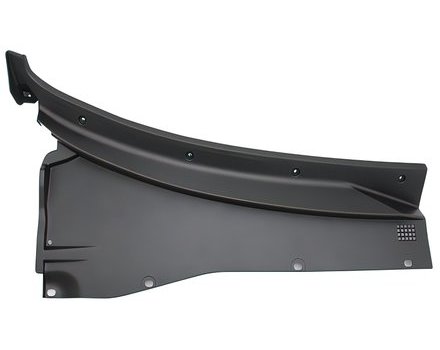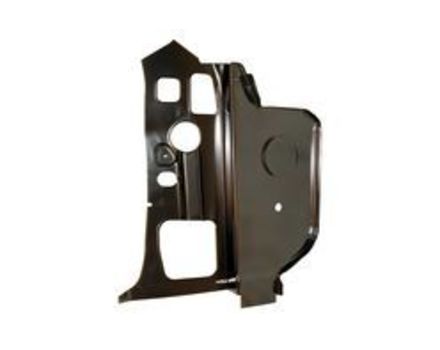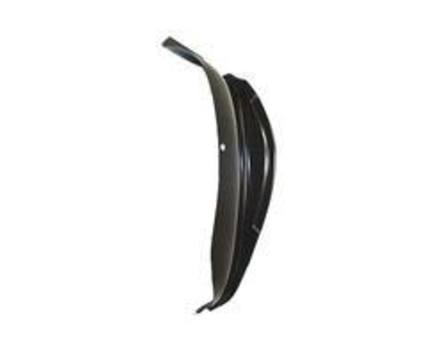Cowl
Filter Options
Important: To get started, click the blue "Filter Options" button to select your vehicle and then use the filters to narrow your options.
Important: To get started, select your vehicle on the left and then use the filters to narrow your options.
What is a cowl?
A cowl is a panel that covers the engine compartment of a car and is typically located at the base of the windshield. It is designed to provide protection from the elements and keep debris out of the engine compartment.
What is the purpose of a cowl?
The cowl serves two primary purposes. First, it helps to keep debris, such as leaves and twigs, out of the engine compartment. Secondly, it helps to keep water, snow and other elements out of the engine compartment.
How do I know if my cowl needs to be replaced?
There are a few signs that may indicate that your cowl needs to be replaced. These include:
- Visible cracks or breaks in the cowl
- Rust or corrosion
- Missing or loose fasteners
- A cowl that is out of alignment
Can a faulty cowl cause damage to my vehicle?
Yes, a faulty cowl can cause damage to your vehicle. For example, if there are any cracks or breaks in the cowl, it can allow water and debris to get into the engine compartment, which can damage the engine or other parts.
How do I replace a cowl?
Replacing a cowl requires some mechanical knowledge and tools. The process involves the following steps:
- Disconnect the battery and remove the negative cable.
- Remove any components that are in the way of accessing the cowl, such as the windshield wiper motor and cowl trim.
- Remove any fasteners that are holding the cowl in place.
- Carefully remove the cowl and set aside.
- Install the new cowl and secure with fasteners.
- Reinstall any components that were removed, such as the windshield wiper motor and cowl trim.
- Reconnect the battery and reinstall the negative cable.
How often should I inspect my cowl?
You should inspect your cowl regularly for any signs of wear or damage. In general, it is recommended to inspect the cowl at least once a year or after any significant weather events.
